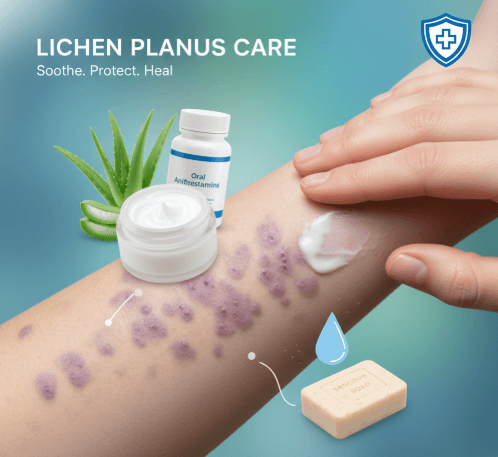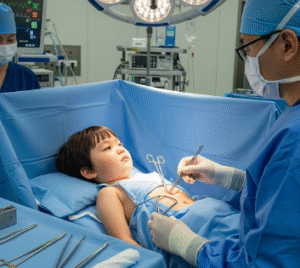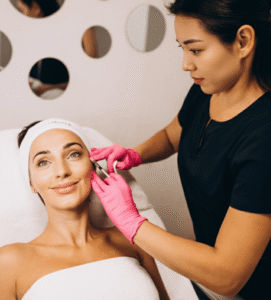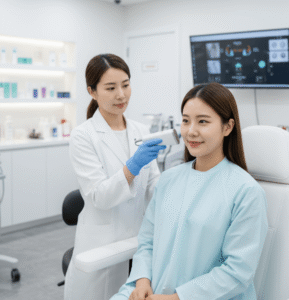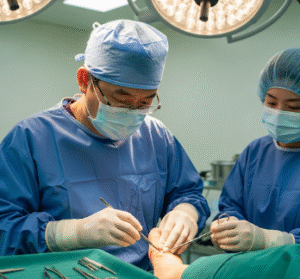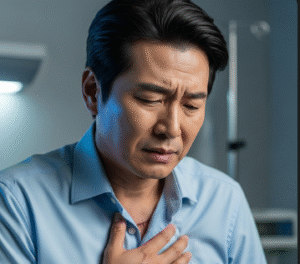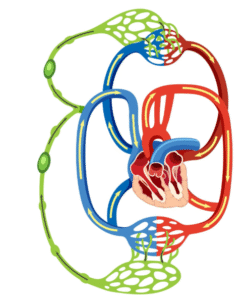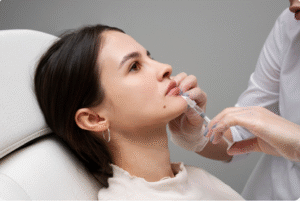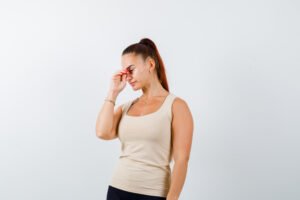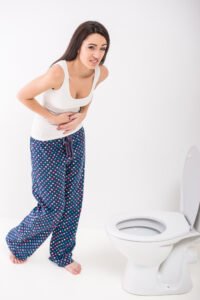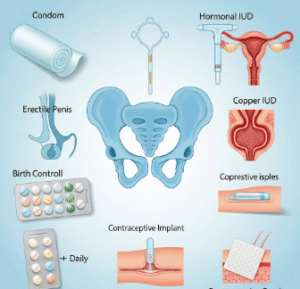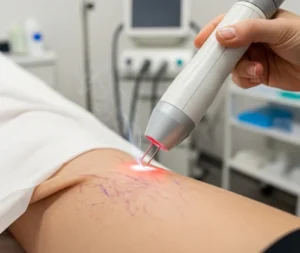A Comprehensive Guide to Skin and Care Treatment
➤ What it is
Lichen Planus (LP) is a chronic inflammatory skin condition that can affect the skin, mucous membranes, nails, and scalp. It is considered an autoimmune disorder, where the immune system mistakenly attacks skin or mucosal cells.
Typical features include:
- Purple, polygonal, flat-topped papules on the wrists, ankles, lower back, or genitals.
- Itching (often intense).
- Wickham’s striae → fine, white, lacy patterns on the surface of lesions or in the mouth.
- Scalp involvement (lichen planopilaris) → may lead to scarring alopecia.
- Nail changes → ridging, thinning, or loss.
The condition is not contagious, but it can be persistent, recurrent, and cosmetically distressing.
In Korea, lichen planus care integrates medical treatment, advanced skincare, laser therapies, and holistic wellness programs, reflecting the country’s emphasis on both clinical effectiveness and cosmetic skin harmony.
➤ Why it’s done
Lichen planus care is essential to:
- Relieve symptoms → reduce itching, burning, and discomfort.
- Control inflammation → prevent long-term complications like scarring.
- Preserve function → avoid nail loss and prevent scalp scarring alopecia.
- Improve appearance → treat pigmentation and skin irregularities after lesions heal.
- Enhance quality of life → LP often causes stress and embarrassment due to visible lesions.
In Korea, dermatologists pay equal attention to medical stabilization and aesthetic recovery, ensuring patients maintain both health and confidence.
➤ Alternatives
Lichen planus care includes several therapeutic alternatives:
Topical Treatments (First-line for mild cases)
- Corticosteroid creams or ointments → reduce inflammation and itching.
- Calcineurin inhibitors (tacrolimus, pimecrolimus) → effective for mucosal and sensitive areas.
- Antihistamines → to relieve itching.
Systemic Treatments (Moderate to Severe Cases)
- Oral corticosteroids for acute flares.
- Immunosuppressants (methotrexate, azathioprine, cyclosporine).
- Retinoids (acitretin) in resistant cases.
Light Therapy (Phototherapy)
- NB-UVB phototherapy → helps suppress immune activity.
- Excimer laser (308 nm) → useful for localized lesions.
Procedural & Cosmetic Alternatives
- Laser therapy for pigmentation and scarring post-healing.
- Scar-revision treatments (microneedling, fractional CO₂).
- Pigment correction facials widely offered in Korea.
Lifestyle and Holistic Alternatives
- Stress management (meditation, yoga, herbal therapies).
- Avoiding triggers (medications, chemical irritants).
➤ Preparation
Before beginning treatment, preparation ensures accuracy and safety:
- Medical Evaluation
- Clinical exam and history.
- Biopsy sometimes performed to confirm diagnosis.
- Blood tests to rule out associated conditions (e.g., hepatitis C).
- Pre-Treatment Skin Care
- Moisturize regularly to reduce dryness and itching.
- Avoid scratching, which worsens lesions.
- Switch to mild, fragrance-free cleansers.
- Lifestyle Preparation
- Reduce stress, a known trigger.
- Avoid alcohol and spicy foods (especially in oral lichen planus).
- Korean Clinical Preparation
- Digital imaging to monitor skin progression.
- Hydrating facials and calming masks to soothe inflamed skin before active therapy.
➤ How it’s Done
Lichen planus care in Korea is multimodal, combining medical therapies with dermatology-based cosmetic programs:
1. Topical Therapy
- Corticosteroid creams for skin lesions.
- Calcineurin inhibitors for oral/genital LP.
- Antihistamines for itching relief.
2. Systemic Therapy
- Oral steroids or immunosuppressants for widespread disease.
- Retinoids in resistant cases.
3. Phototherapy
- NB-UVB used 2–3 times per week.
- Excimer laser for localized plaques.
4. Korean Dermatology Additions
- LED red light therapy → reduces inflammation and accelerates healing.
- Barrier-repair skincare regimens → restore skin after flares.
- Pigmentation-correction facials for post-inflammatory hyperpigmentation.
- Laser scar therapy → CO₂ or fractional lasers for chronic lesions.
5. Holistic Support
- Korean wellness clinics integrate herbal soaks, stress relief, and dietary counseling.
- Patients receive long-term skincare plans to reduce recurrence.
➤ Recovery
Recovery varies depending on severity and therapy:
- Mild Cases
- Respond within weeks to topical corticosteroids.
- Moderate Cases
- Phototherapy or systemic therapy may show results in 1–3 months.
- Severe Cases
- Longer recovery, but biologics and immunosuppressants may achieve remission.
Aftercare Instructions:
- Keep skin moisturized and protected from sun.
- Use prescribed creams regularly.
- Avoid triggers like harsh skincare products or stress.
- Attend follow-up appointments.
Korean Recovery Practices:
- Clinics provide hydration and barrier facials post-treatment.
- Brightening regimens to correct pigmentation.
- Digital follow-up imaging to track lesion clearance.
➤ Complications
If untreated or poorly managed, lichen planus may lead to:
- Scarring → especially on the scalp (scarring alopecia).
- Nail loss or deformity.
- Pigmentation changes → dark patches after lesions heal.
- Chronic pain or burning in oral lichen planus.
- Emotional distress from visible or painful lesions.
Korean dermatologists focus on scar prevention, pigment correction, and psychological support to minimize complications.
➤ Treatment Options in Korea
Korea offers highly advanced options for lichen planus management:
Why Korea excels:
- Integration of immunotherapy, light therapy, and skincare.
- Cutting-edge devices (NB-UVB booths, excimer lasers).
- Strong focus on aesthetics → pigmentation and scarring addressed as part of care.
- Holistic patient care → lifestyle and stress management integrated into treatment.
Unique Korean Practices:
- LED and phototherapy combos for enhanced results.
- Pigment and scar management programs following medical clearance.
- Barrier-repair cosmeceuticals prescribed for long-term use.
- Medical tourism clinics → international patients seek comprehensive lichen planus care in Korea.
✨ Final Thoughts
Lichen Planus Care in Korea reflects a holistic, dual-focus approach: effective medical treatment to control inflammation and advanced cosmetic dermatology to restore skin tone and texture.
By combining corticosteroids, immunosuppressants, NB-UVB, excimer lasers, LED therapy, and pigmentation facials, Korean dermatologists ensure patients achieve not only symptom relief and disease control but also aesthetic satisfaction.
This integration of science, technology, and skincare culture makes Korea a global leader in lichen planus care, offering patients long-term health, clear skin, and restored confidence.

